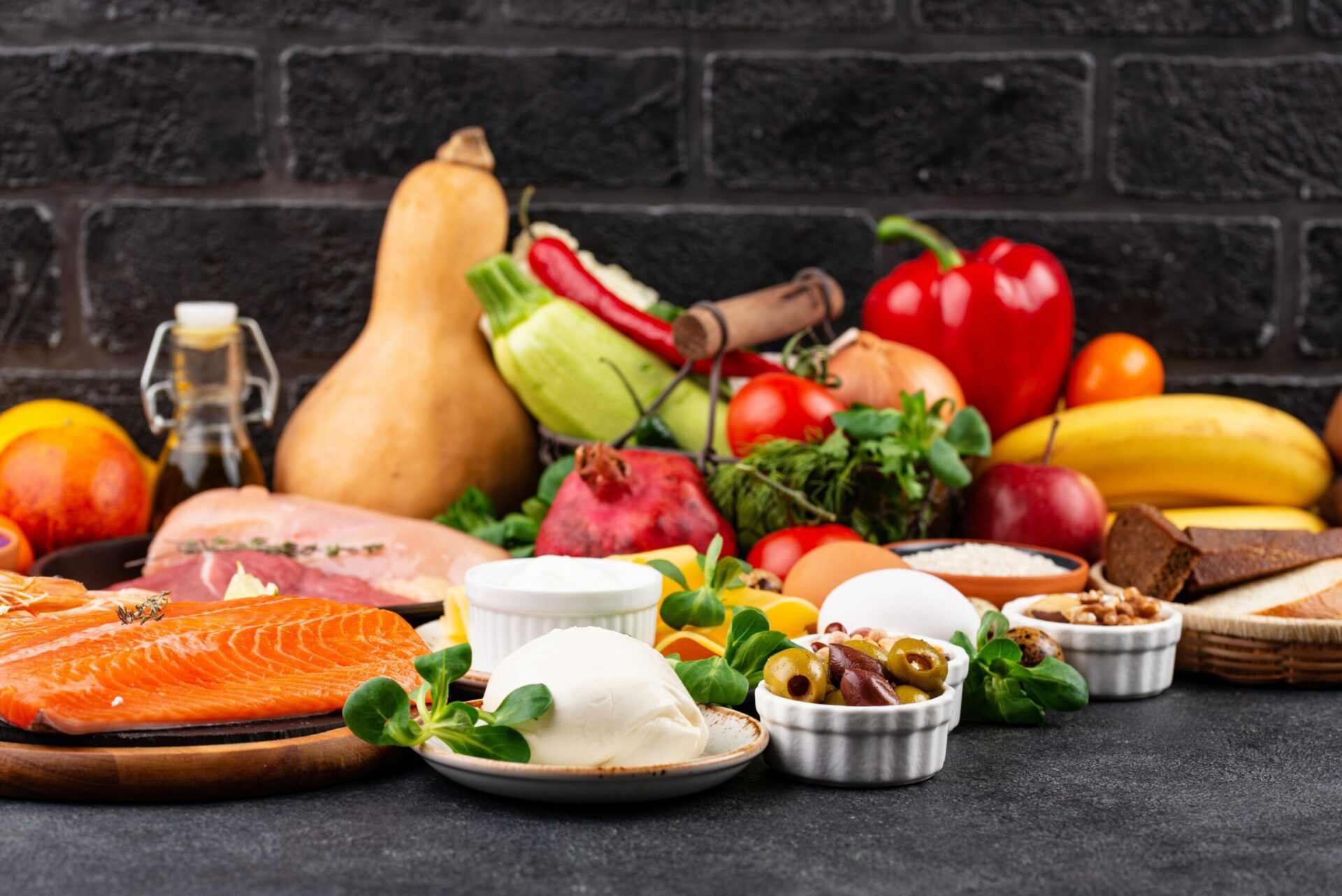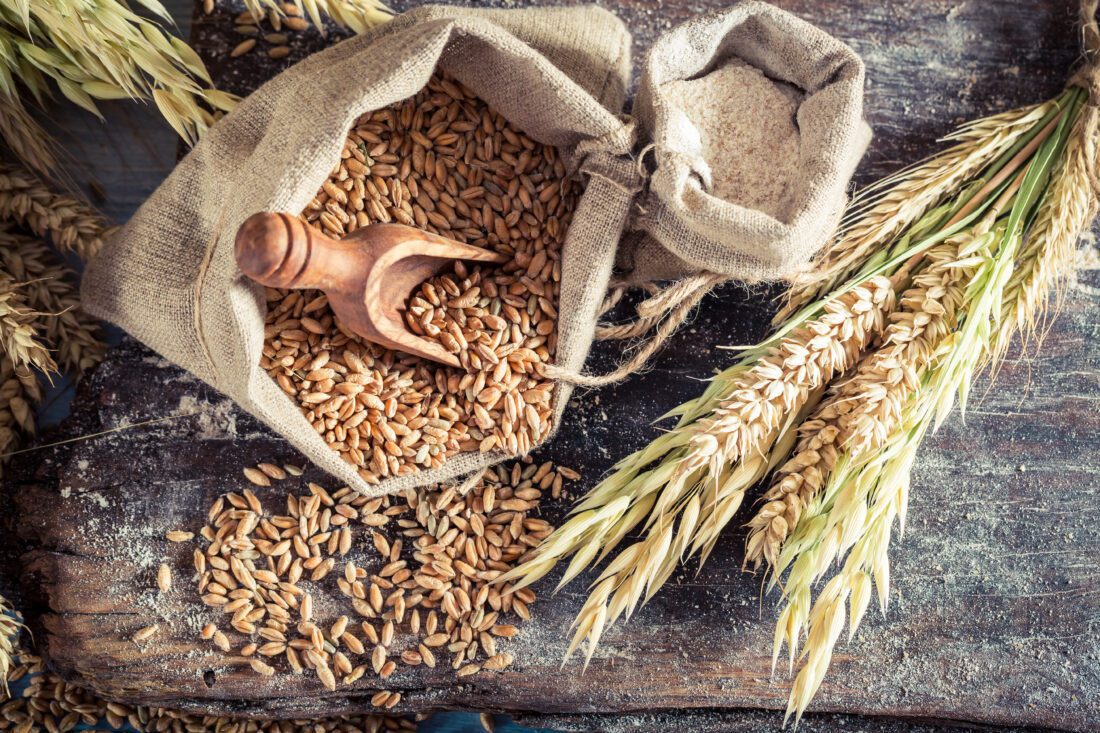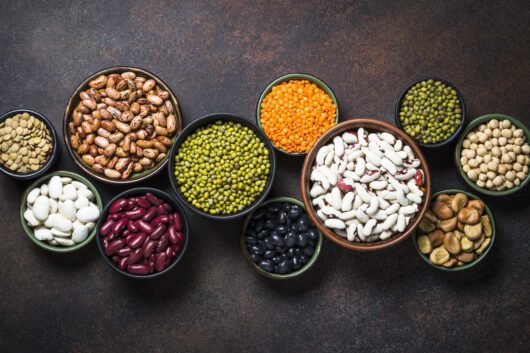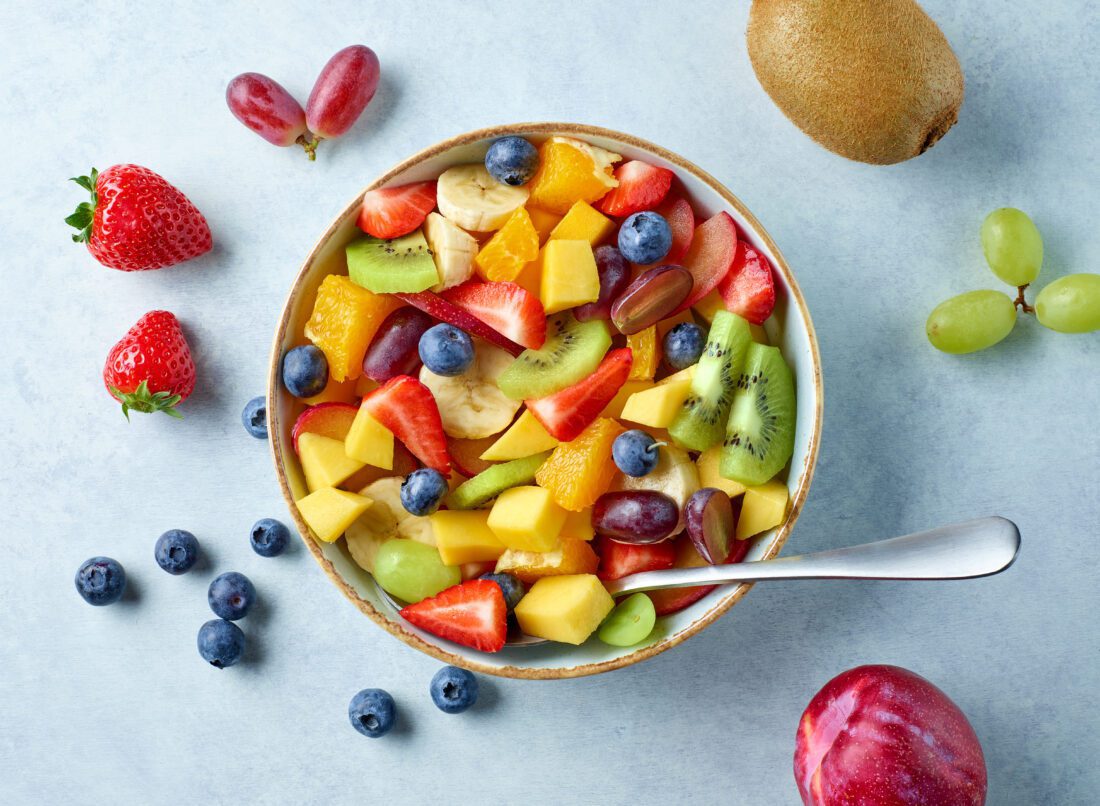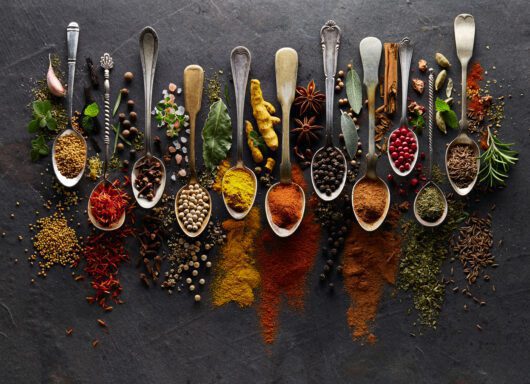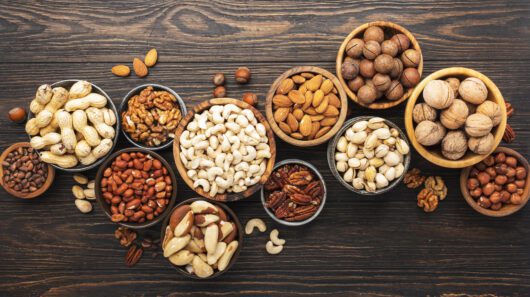Also known as “phytochemicals.” These are chemical compounds produced naturally by plant. In most cases, these are produced by the plant to protect it from bacteria and disease. When consumed by humans they can considerably reduce the risk of inflammation, fight oxidative stress and prevent diseases such as cancer and cardiac disease.
Unlike macros and micros, phytos are considered “non essential nutrients for life,” despite their many positive health benefits. Many studies demonstrate that consuming phytos even after just 7 days can considerably improve gut and colon health, reducing he risk of inflammatory associated diseases.
The phytonutrient profile is in its thousands. Some of the ones you may have heard of include: Flavonoids, Carotenoids, Sulphides, Glucosinolates, Curcuminoids, Hydroxycinnamic acids amongst a few. Generally different types of phytos give plants their individual colour sets.
RED
Potently dosed in carotenoid lycopene. Found in; well most foods red…Strawberries, tomatoes, cherries, apples, beetroot, watermelon red grapes, cranberries, red peppers and onions. Combats free radicles to reduce dangers of prostate cancer, heart and lung disease.
BLUE & PURPLE
Antioxidants called anthocyanin. These fight the affects of ageing, reduce the risk of strokes and heart aches by preventing formations of blood clots. Foods high in anthocyanins include: blackberries, elderberries, concord grapes, raisins, figs, prunes, lavender, blueberries, purple cabbage, aubergines & plums.
ORANGE & YELLOW
High levels of beta cryptothanxin. Often found in foods that have high levels of vitamin A. Beta cryptothanxin help to optimise cell-to-cell communication. Food sources include: yellow peppers, sweet potatoes, peaches, bananas, oranges, apricots, winter squash, carrots, sweetcorn, cantelope melon, tangerines and pineapple.
WHITE & BROWN
These types of foods typically contain anti-tumour properties, thanks to phytonutrient type, allicin. Other types of phytos in the group are flavonoids such as quercetin and kaempferol. These are antioxidant in charge of fighting free radicles and boost immunity. Foods include: Garlic, onions, leeks, mushrooms, nuts, seeds parsnip and cauliflower.
GREEN
Sulforaphane, isocyanate, and indoles are commonly found in these coloured foods. Cancer blocking chemicals, which inhibit the potentially damaging effects of carcinogenic’s caused by poor diet, stress and unhealthy lifestyles. Foods to eat in this group include: Asparagus, broccoli, spring / collard greens, kale, spinach, split peas, herbs, green tea, kit fruit, avocado, artichoke, brussle spouts.







